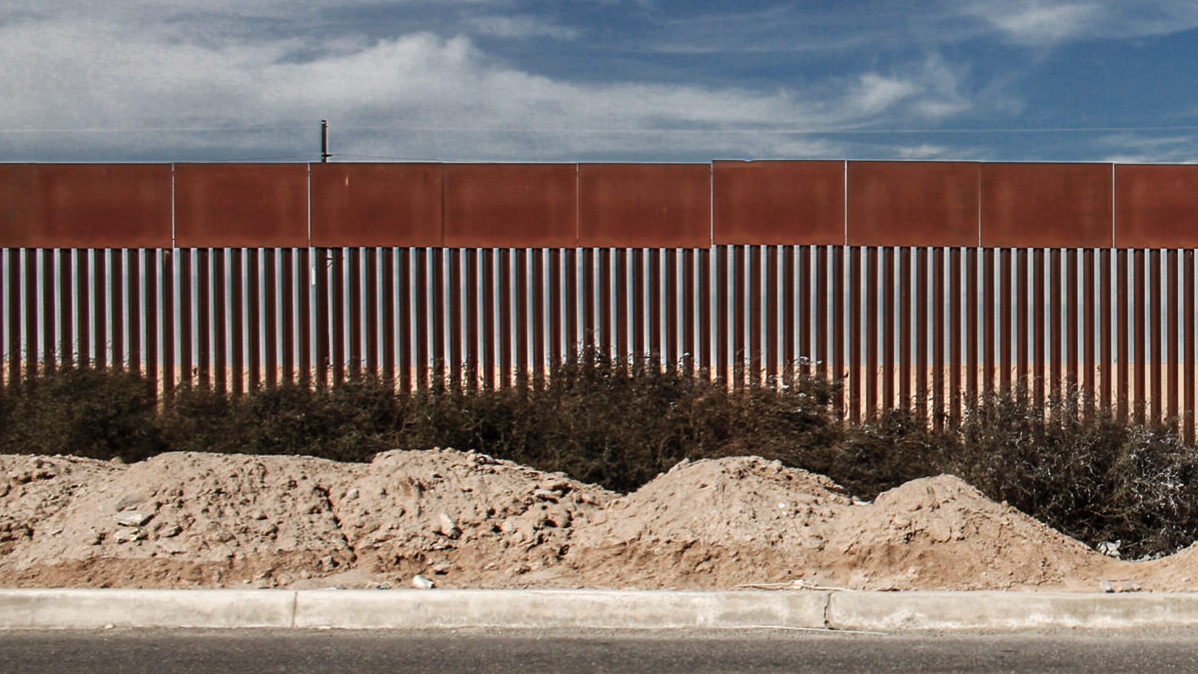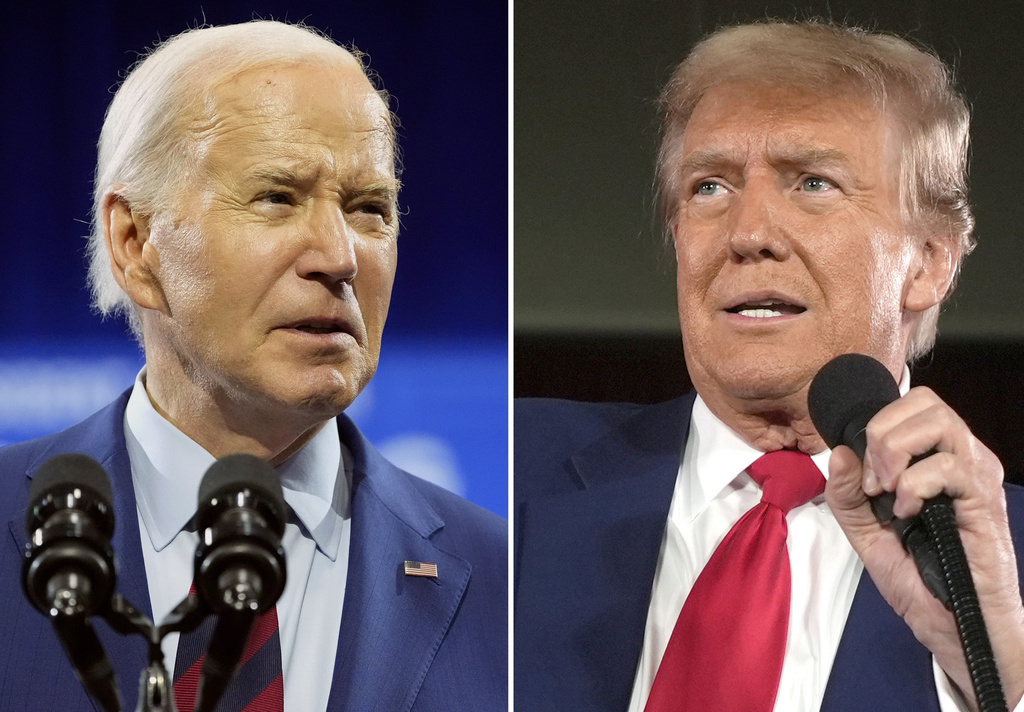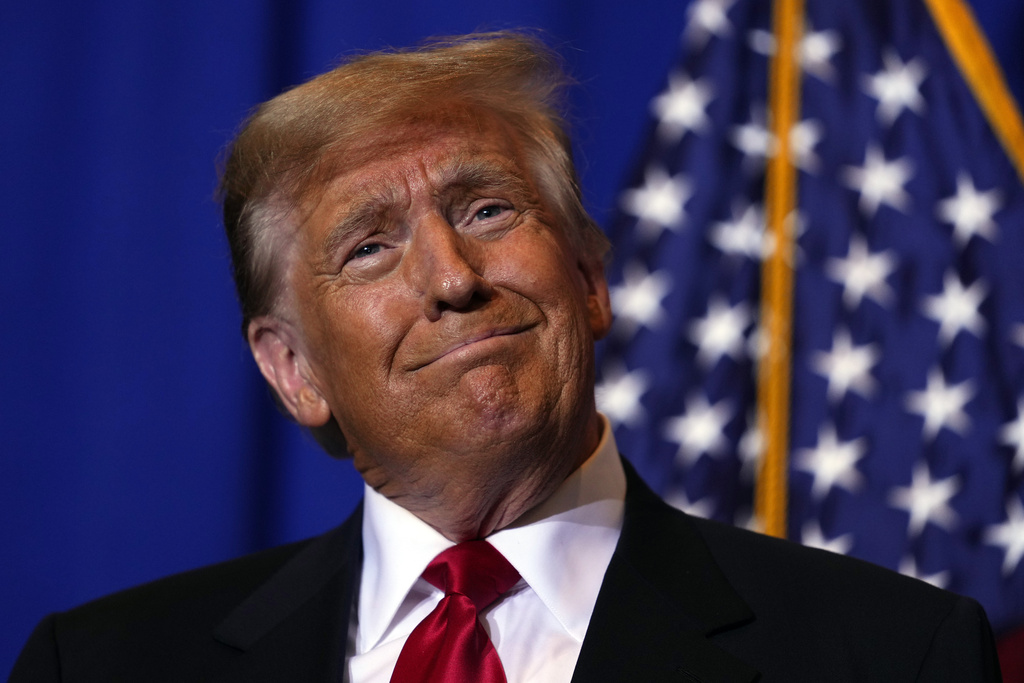10-Year Treasury Yields Top 3% for First Time Since 2018
The 10-year Treasury yield breached 3% on Monday for the first time since 2018, a development that will raise costs for the federal government and portends higher rates on mortgages, credit cards, and other financial products.
The recent run-up in interest rates on Treasury securities follows the Federal Reserve’s accelerated efforts to tighten monetary policy by raising its short-term interest rate target.
The yield, which is the rate of earnings generated by the security over time, is the highest it has been since 2018.
One major factor influencing yields is rising inflation: Higher expected inflation makes future payments on a Treasury note less valuable, meaning that investors will demand higher payments — that is, higher yields.
HOW RISING INTEREST RATES WILL AFFECT FEDERAL SPENDING AND DEBT
Another related factor is the Fed’s effort to curb inflation by, in effect, shrinking the money supply, which makes investors demand more compensation to loan money to the Treasury.
After the pandemic broke out, the Fed undertook extraordinary measures to stabilize the economy, including dropping its interest rate target to near-zero, a level which it kept in place for nearly two years.
Now, the Fed is trying to reverse those measures quickly and bumped its interest rate target by a quarter percentage point last month. Yields on notes and bonds have begun to rise at a rapid clip.
The Fed is reacting to soaring inflation. Consumer prices rose 8.5% for the 12 months ending in March, the fastest clip since 1981.
Because inflation has ballooned more than anticipated, the Fed appears poised to conduct half-point rate hikes in the coming months, an aggressive tactic that hasn’t been used by the central bank in more than two decades.
Desmond Lachman, a senior fellow at the American Enterprise Institute, told the Washington Examiner on Monday that the 10-year Treasury yield is increasing at the fastest clip since 1994 in response to the Fed’s shift toward a more hawkish monetary policy.
“The surge in long-term rates is bound to slow the U.S. economy and to cause serious strains for the emerging market,” he said.
A rising interest rate environment entails several major changes for the economy.
First, the government’s borrowing costs are set to rise.
With the yield on the 10-year note at 3%, federal spending on interest would increase to $440 billion next year, $125 billion more than if yields were at 2%, according to a recent Congressional Budget Office analysis. Interest payments would rise to 1.7% of gross domestic product, rather than 1.2%.
Second, rising rates will slow spending in key sectors, such as housing. Average 30-year fixed-rate mortgage rates have recently crossed 5%, already slowing home sales.
Separately, other movements in the bond markets are raising fears of a recession, namely yield curve “inversions,” which is when yields on shorter-dated bonds exceed longer ones.
CLICK HERE TO READ MORE FROM THE WASHINGTON EXAMINER
For example, the yield on the five-year Treasury note is now higher than the yield on 30-year notes.
Those inversions can show that investors have little faith in the ability for growth to pick up in the coming years and have been regarded as harbingers of economic downturns.
" Conservative News Daily does not always share or support the views and opinions expressed here; they are just those of the writer."





